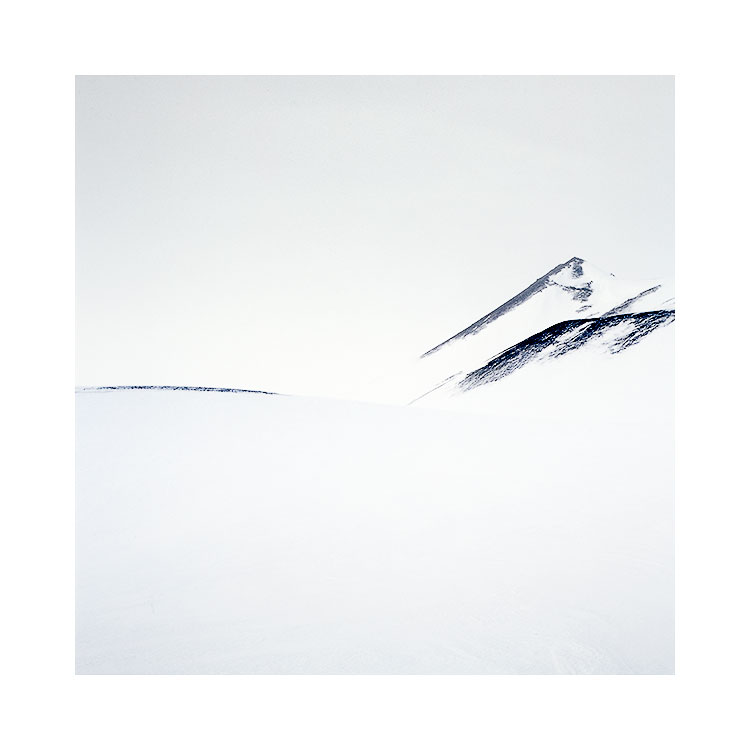It reminded me why I left Facebook and have not signed up for Instagram. The basic fault of these social media sites as I see it, is that diversity does not survive on them well. The conventional, expected kind of work that a majority will appreciate (and therefore probably isn't pushing any boundaries) is what does well on these sites. That is not to say it's awful work. My point is that diversity does not survive on these platforms when everything is judged by the same mechanism: popularity of like counts.
I left Facebook because I didn't want my art to be measured. Art shouldn't be measured. Like-counts just boil things down to value. Art is subjective, it is there to be interpreted by anyone and enjoyed in whichever way the viewer chooses to do so. To be told that one image got more likes than another is meaningless.
As far as I can see it, many social media platforms encourage conformity. Because in order to get the highest like count or highest viewings, you need to appeal to the middle-road. Do anything that's a little unconventional and you'll be buried.
So over two years ago I chose to leave Facebook. Twitter is another matter right now, as I feel that Twitter is there to encourage the dissemination of information. Short tweets encourage you to look at linked articles out in the web, whereas Facebook does not. It encourages you to stay in the realm of the Facebook bosom, and to consume what they want you to see.
So I left for these reasons: I'd much rather be an independent source. I like having all my eggs in my own basket, rather than give them to some faceless platform that doesn't care about what I'm doing, and will spit me out sooner than I can say 'boo'. I'd much rather foster my own content, build upon it, and own it. Which is what I do on my own website and blog. I wish to cultivate a place where people who 'get me' come to visit, where I don't feel I need to have to try to shout louder than others by offering what I think I they wan't in order to get others to listen.
I don't see most social-media sites offering a way to be authentic in what you do. The ultimate result is always going to be to compete against others for views and traffic, and if you start thinking about what you can do to get others to like you : then you are lost.
It's such a soul-destroying experience to be on a platform where you are at the mercy of who they choose to let see your work. If you don't already know this, Facebook does not let your audience see what you do unless you pay them. It's social-media-discrimination. It's not social. It's the complete opposite. Yep, I had 4,000 people following me and each time I posted something I was lucky if 30% of them saw it. It's because I had to pay to reach the people who had asked to be notified about what I do. And when I did try an experiment to see what happened when I did pay, I started to reach people who's profiles showed little or zero interest in photography. In other words Facebook's algorithms are screwed. So badly screwed that almost nothing is true. In order to make me feel that I had to keep paying for reach, they offered me what I am convinced were fake likes. I doubt I was really reaching any of my original audience because they always wanted to keep them just out of reach.... just so that I would feel I need to keep paying. I never did it. I left instead.
Since I left over two years ago, I have not seen any decline in my business. I never saw any drop in web-traffic (because any posts I did put up on Facebook with a link back to my website or the original article were penalised and therefore not seen by my audience). Instead, I trusted in those who are genuinely interested in what I do. The really interested come directly to this blog or to my newsletter.
Facebook is not social media - in my view, it's blackmail. They are exploiting your hopes of reaching others and instead have set up a medium where you will have to continue to pay in the hope that you might reach those that expressed interest in what you do. It is also a place where the things that will reach bigger audiences are things that most people will already like or accept. Being different or having some kind of unique quality about what you do won't get picked up by large traffics of people. It encourages mediocrity because the easy to digest is what will survive the best on there. That's why I left Facebook. And I won't be back.





